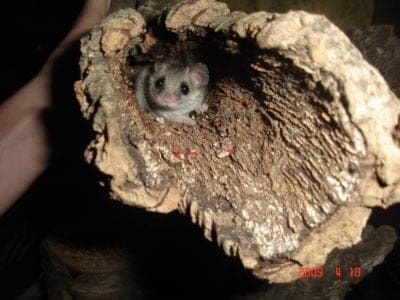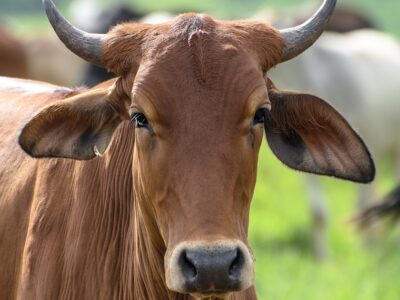Below you can find a complete list of Bangladeshi animals. We currently track 258 animals in Bangladesh and are adding more every day!
Many different animals live in Bangladesh, but sadly that number is diminishing. There are 138 species of threatened mammals, 566 bird species, 167 reptile species, 49 amphibian species, 253 freshwater fish species, 141 crustaceans, and 305 butterfly species in the country. Overexploitation and habitat degradation are the two main reasons why 390 species are critically endangered, endangered, or vulnerable. In the last 15 years, officials have documented 31 species as being regionally extinct in this fauna.
The Official National Animal of Bangladesh
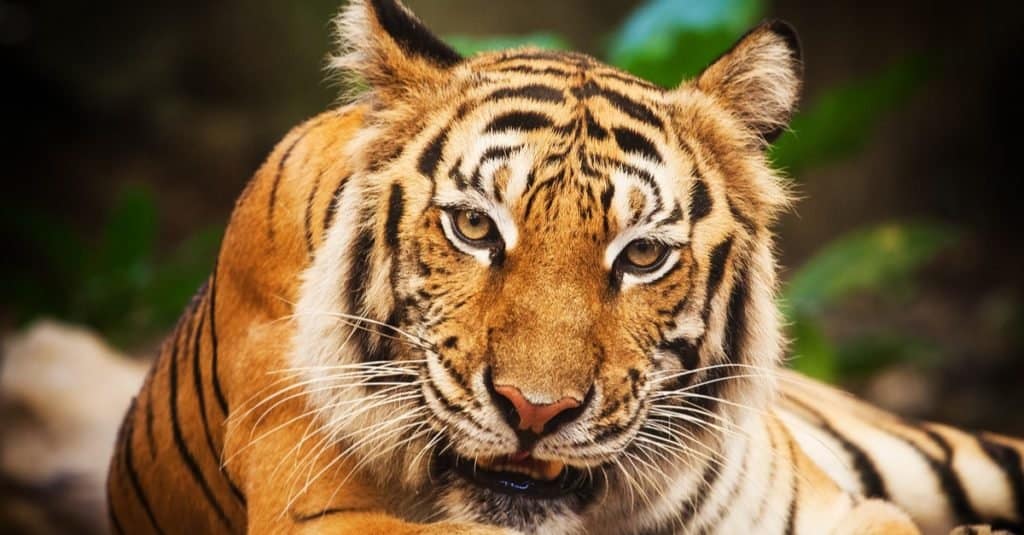
The beautiful Bengal tiger was chosen as the national animal of Bangladesh.
©visa netpakdee/Shutterstock.com
In 1971, the royal Bengal tiger became the national animal of Bangladesh. It replaced the lion. Experts believe that about 440 royal Bengal tigers live in the forests of the Sundarbans and the Chittagong Hill Tracts. These animals live a solitary lifestyle, and they often walk miles in search of prey. Officials made it the national animal because of the way it royally carries its body, its fearlessness, and its wrath.
The royal Bengal tiger is a formidable predator and lives mainly in the forests of Bangladesh. It typically feeds on deer, wild pigs, and fish found in its natural habitats. Its coat has characteristic stripes that are darker than the orange fur, with each stripe unique to every individual tiger. They have an impressive lifespan of up to 10-12 years if they manage to survive their dangerous life in the wild.
When it was selected as the national animal of Bangladesh in 1971, officials highlighted its regal carriage and fearlessness as reasons why it earned such an important distinction within the country’s culture. Unfortunately, due to poaching and habitat loss caused by human activity, these majestic animals are now facing extinction despite conservation efforts by local authorities and international organizations like WWF (World Wildlife Fund).
The National Bird of Bangladesh
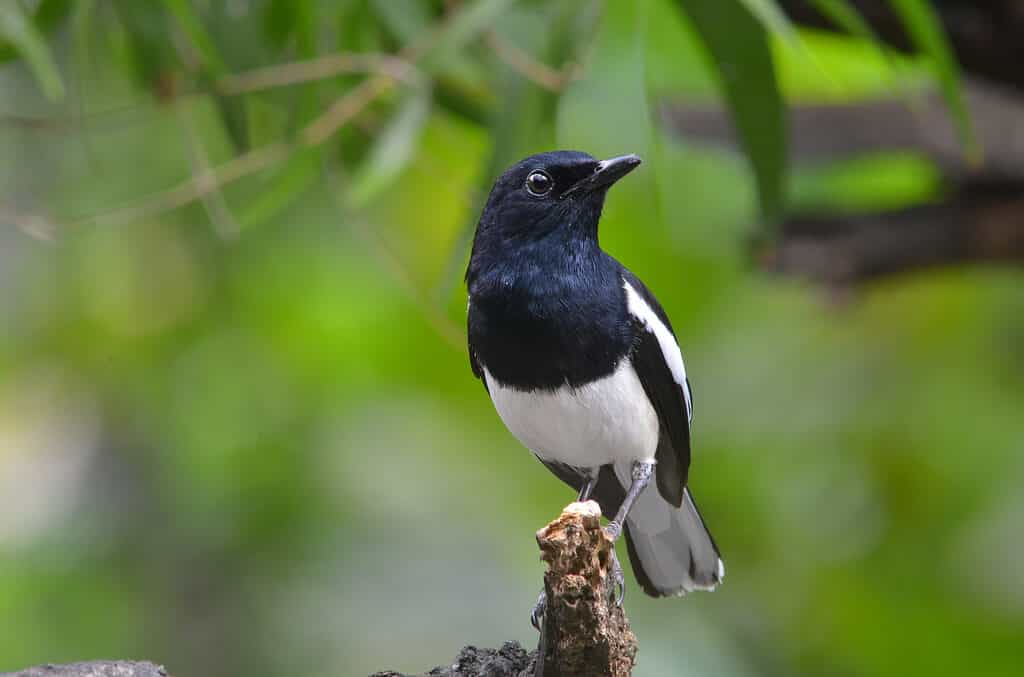
The beautiful magpie robin is the national bird of Bangladesh.
©Sumruay Rattanataipob/Shutterstock.com
The national bird of Bangladesh is the magpie robin (Copsychus saularis). The magpie robin is well-known in Bangladesh for their beautiful song and intelligence. They are found in both rural and urban areas and symbolize good luck and joy.
The magpie robin is also called the black-collared starling. It typically has a glossy black head and upper parts and white underparts, which distinguish it from other species of birds in its range. The males also have a patch of blue on their wings, while females lack this feature.
They are mainly insectivorous birds that feed on larvae, spiders, and small insects, as well as fruits like berries, figs, and dates. Within Bangladesh, they breed year-round, with peak times during the spring months when temperatures are just right for nesting. Magpie Robins can be found living in gardens, woodlands, forests, and even mangrove swamps! Their beautiful warbling song is heard all throughout the country, making them one of Bangladesh’s most beloved animals.
Where To Find The Top Wildlife in Bangladesh

The Tea Gardens in Sylhet Bangladesh is a lovely place to enjoy nature.
©Tawsif Torabi/Shutterstock.com
Bangladesh is home to 17 national parks, 20 wildlife sanctuaries, and one special biodiversity conservation area, so there are many places to go to see mammals in their natural fauna. While you have many choices, three rise to the top, offering some of the best fauna!.
If you want to see wildlife in Bangladesh, consider going to Lawacherri National Park. There you can see Northern pig-tailed macaques, Phayre’s leaf monkeys, and capped langurs. The forest is also home to Western Hoolock gibbons, which is the only ape that lives in the country. Additionally, you may see many bird species, including Oriental pied hornbills and Kalij pheasants, along with several flowerpeckers species, which is the smallest bird in the country.
Satchari National Park is also a great place to go if you want to see wildlife. You are likely to see Northern pig-tailed macaques, Pharyre’s leaf monkeys, capped langurs, and Western Hoolock gibbons. One reason people come to this location is to see the breeding pairs of cuckoos and hooded pittas, but if you want to see them, then come during the early monsoon season, which usually lasts from March to May.
Rema-Kalenga Reserved Forest is another great place to see wild animals in Bangladesh. Visiting this location may allow you to see endangered fishing cats and nationally rare black giant squirrels, along with several species of monkeys. This reserved forest is also a great place to see breeding pairs of critically endangered white-rumped vultures.
The Most Dangerous Animals In Bangladesh Today
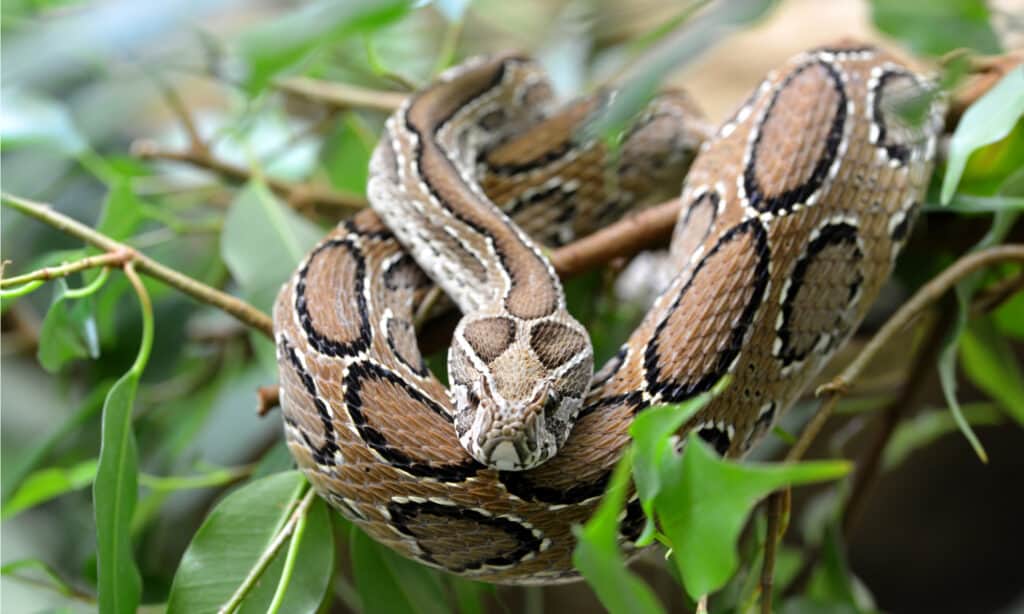
Rusell’s vipers have a mortality rate of around 2.6% in Bangladesh.
©jaroslava V/Shutterstock.com
There are a few dangerous animals and snakes in Bangladesh, such as the king cobra, Russell’s viper, and common krait. These animals pose a risk to humans due to their venomous bites, which can cause serious injury or even death.
The natural habitats of these creatures vary depending on the species but generally include areas with dense vegetation like forests, grasslands, and wetlands. They often hide among long grasses for camouflage or under rocks or logs during hot days when they need cool shelter from the sun.
Most of these dangerous creatures can only be found in certain parts of Bangladesh, such as the Chittagong Hill Tracts, where many types of wild snakes live, including cobras, kraits, and vipers. It is important for people living near these areas to take extra caution when exiting homes at night or walking through tall grasses so as not to disturb any sleeping wildlife that might present harm if provoked.
While many Bangladesh animals are non-threatening, there are some that you will want to watch for as they can be deadly. These include:
- Royal Bengal tigers – Tigers in the Sundarbans region seem to be more aggressive than in other parts of the world.
- Russel vipers – One of the fastest biters globally, this snake lives on land and in the water.
- King cobras – The king cobra is the longest poisonous snake globally, and it lives in the Sundarbans region of Bangladesh.
3 Rarest Animals in Bangladesh
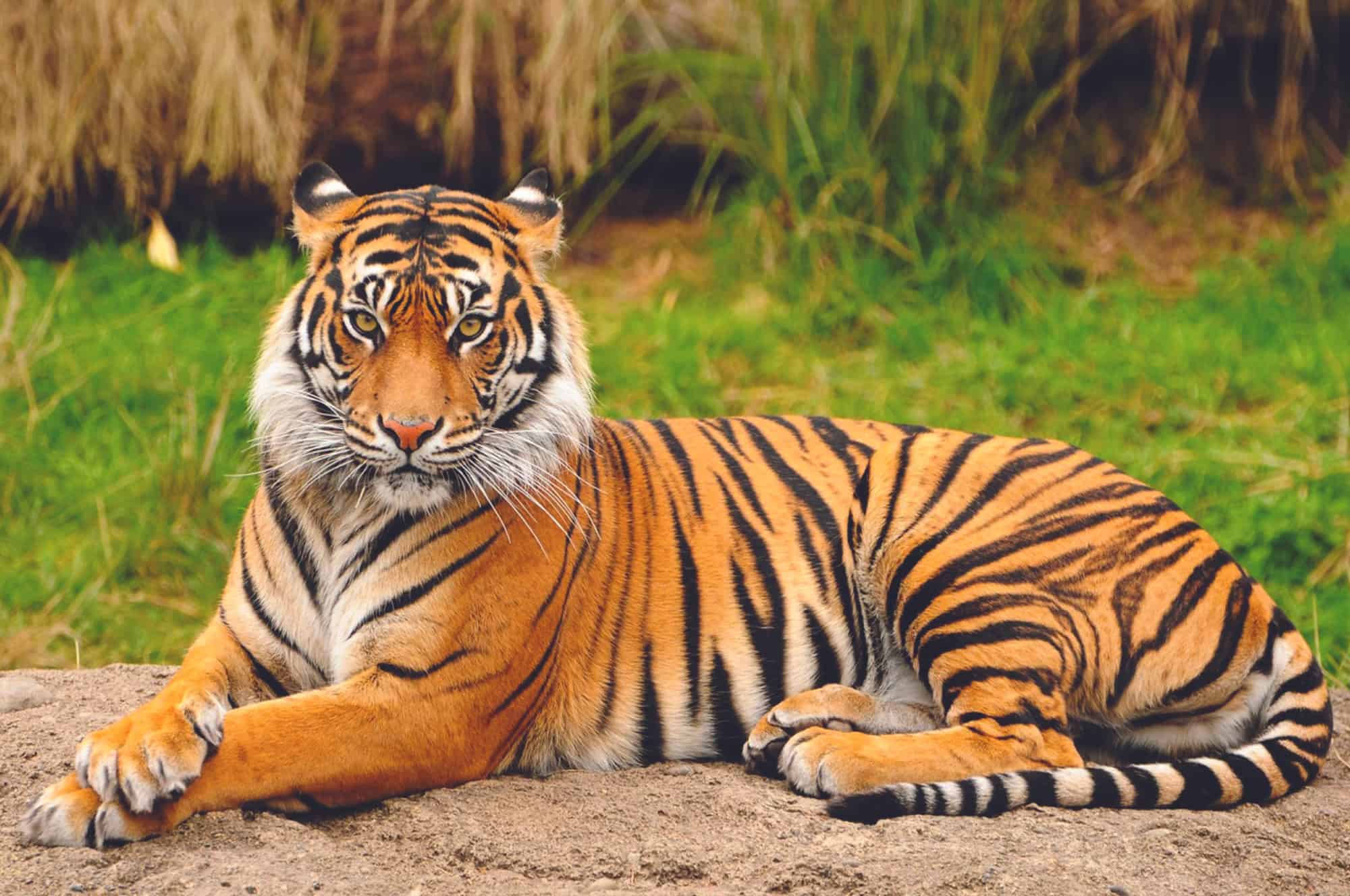
The Bengal tiger is a rare animal to spot in Bangladesh as there are only about 300 left alive.
©iStock.com/Thinker360
The three rarest animals to be spotted in Bangladesh are the Bengal tiger, the greater adjutant stork, and the Asian elephant. The Bengal tiger is a critically endangered species due to poaching and habitat destruction, with an estimated population of fewer than 300 individuals living in Bangladesh’s Sundarbans mangrove forest.
The greater adjutant stork is a bird native to South Asia that is currently classified as ‘Endangered’ by the IUCN Red List due to the loss of its wetland habitats across India, Nepal, and Bangladesh. In Bangladesh, it can only be found nesting in small numbers near rivers or wetlands throughout Khulna Division and Chittagong Hill Tracts.
Finally, there are roughly 5500-6000 wild Asian Elephants left in Bangladesh, making them one of the most threatened mammals on earth. They inhabit a variety of habitats, including grasslands, savannahs, and moist deciduous forests throughout Sylhet Division. Their populations have been drastically reduced over time due to deforestation for agriculture and human settlements encroaching on their natural habitats.
3 Largest Animals in Bangladesh
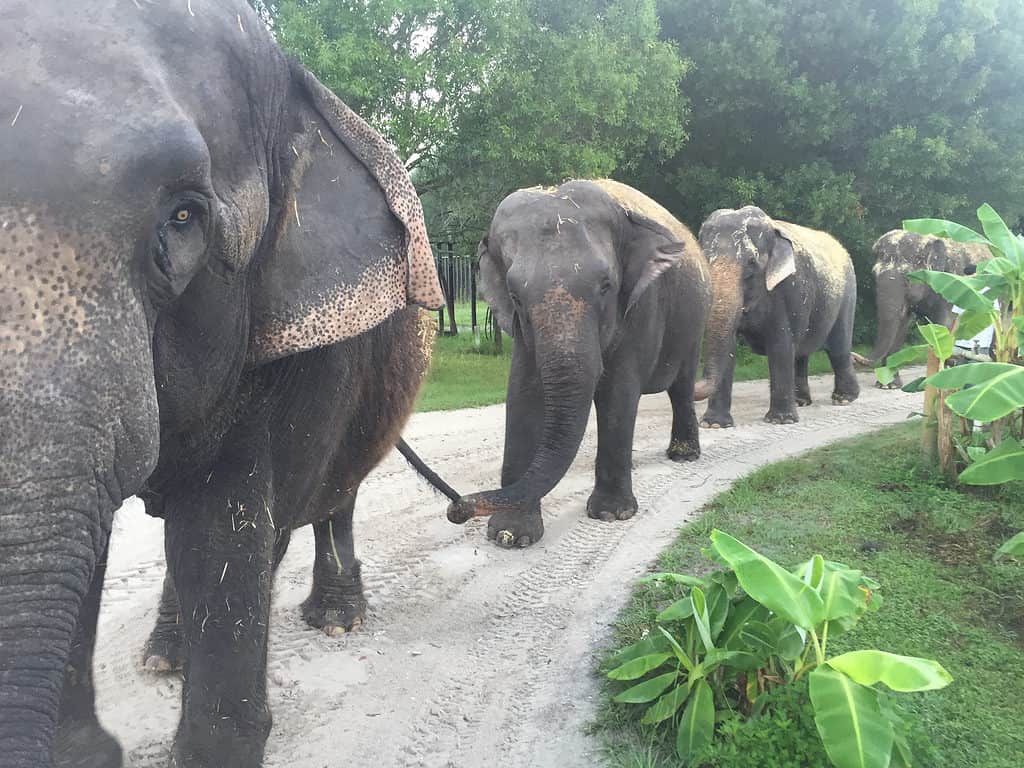
Elephants are beautiful animals full of symbolism. They are the largest animals found in Bangladesh.
©ElephantErik/Shutterstock.com
The three largest animals that can be spotted in Bangladesh are the Asian Elephant, Royal Bengal Tiger, and the gaur. The Asian Elephant is the largest land mammal in Asia and can grow up to 9 feet tall. Male Asian elephants can weigh 8,800 pounds! It lives mainly in forests, grasslands, and scrublands throughout the Indian subcontinent, including Bangladesh. This majestic animal is an important part of both Hinduism and Buddhism religions as it symbolizes strength, power, and wisdom.
The second largest animal to spot in Bangladesh is the royal Bengal tiger which can reach almost 10 feet from head to tail with a weight of over 570 pounds. Its habitat consists mainly of tropical or subtropical moist broadleaf forests across India, Bhutan, Nepal, and Bangladesh, but due to human-animal conflict has been pushed into smaller areas like national parks or protected reserves. Despite its population decreasing significantly over the past few decades, conservation efforts have helped increase their numbers slightly since 2014, making this one of the most iconic animals from the South Asia region.
Lastly, we come to the third biggest animal found in Bangladesh – Gaur, also known as Indian Bison, which stands between five to seven feet tall at the shoulder and weighs 1,400 to 2,200 lbs. This makes it one of the heaviest wild cattle species on earth today! They inhabit mostly dense forested hillsides where they graze on grasses. Due to human activities such as deforestation, they no longer range widely across central India and Southeast Asia anymore. Instead, they are found more often living within protected reserves or national parks.
Endangered Animals In Bangladesh
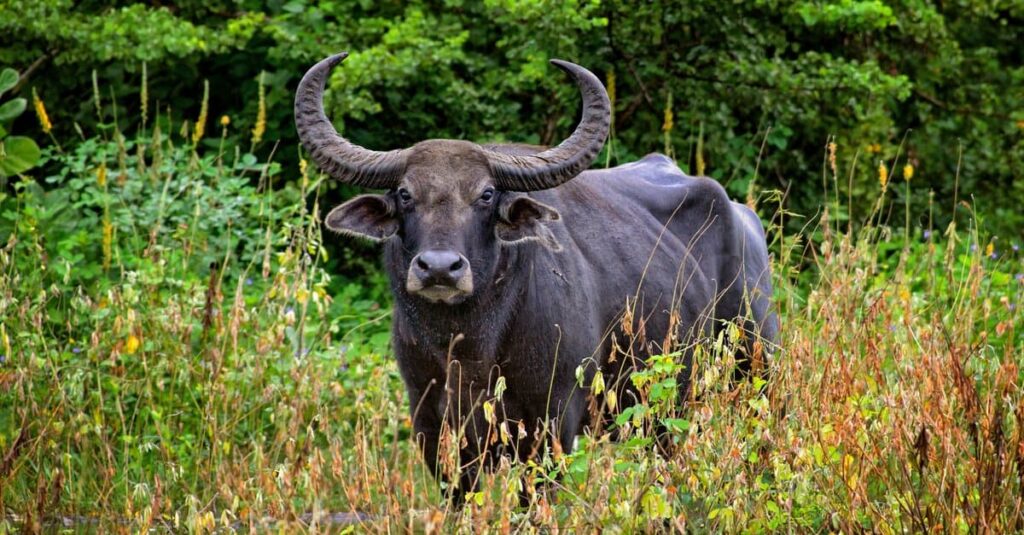
The wild water
buffalo
is one of many endangered species in Bangladesh.
©David Havel/Shutterstock.com
The reality is deforestation, and the subsequent loss of habitat, are major contributors to species endangerment in Bangladesh. As more land is cleared for farming, animals are driven out and pushed into smaller areas making it harder for them to find food or escape predators. The rapid growth of commercial livestock production has also contributed to the problem, as large amounts of trees have been cut down in order to grow hay for these animals. This not only leads to a decrease in biodiversity but can cause environmental issues such as soil erosion and air pollution from burning forests.
Reducing meat consumption can definitely help endangered species as it allows more land for reforestation and wildlife sanctuaries, which provide necessary habitats for these species. Additionally, fewer resources like water, energy, and feed would need to be used if there were less livestock production meaning that natural ecosystems could recover faster with less human interference. Though it will take time before we see the full effects of reduced meat consumption on animal populations, reducing our reliance on this resource could go a long way toward saving many endangered species around the world — including those found in Bangladesh!
While some animals have gone extinct in Bangladesh, there is still time to protect many others. The mugger or marsh crocodile is the sole reptile to become extinct. Many animals listed on the extinct list were actually combined with other listed animals during the 1800s. Bangladesh is home to many endangered animals, including:
- Capped monkey
- Slow loris
- Pearson’s horseshoe bat
- Thickened bat
- Fishing cat
- Oriental small-clawed otter
- Wild water buffalo
- Asian Dowitcher
- Indian spotted eagle
- Black spotted pond turtle
- Giant snakehead
- Six-legged tortoise
- Javan rhinoceros
- Mainland serows
- Pig-tailed macaques
- Common langurs
- Assamese macaques
- Capped langurs
- Barking deer
- Asiatic wild dogs
- Indian hares
- Particolored flying squirrels
The Flag of Bangladesh

4k
©iStock.com/EA
The flag of Bangladesh was adopted on January 17th, 1972, and consists of a red disc on a dark green background. The red disc symbolizes the rising sun and its representation of the dawning of a new era for Bangladesh. It is said to also represent the blood spilled during their fight for independence from Pakistan in 1971. Additionally, it has been used as an international symbol of peace throughout South Asia since then.
The green banner represents hope and prosperity. This color is associated with Islam which is Bangladesh’s official religion. Additionally, the slightly offset position towards the hoist (the side where the flagpole or staff is attached) alludes to Bengali culture by reflecting traditional designs found in Bengal artworks such as saris and tapestries.
Since its adoption over four decades ago, it has served as an important national symbol for Bangladeshi citizens around the world, who proudly display it whenever possible to show their love for their country’s history and future potential.
Bangladeshi Animals
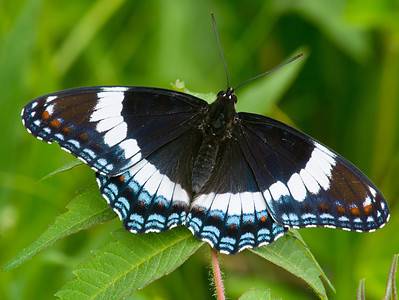
Admiral Butterfly
Stunningly beautiful wings

Ant
First evolved 100 million years ago!
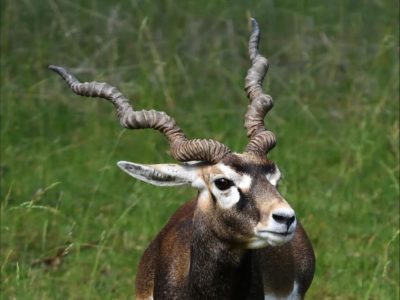
Antelope
Renew their horns every year!

Armyworm
They are so named because they "march" in armies of worms from one crop to another in search of food
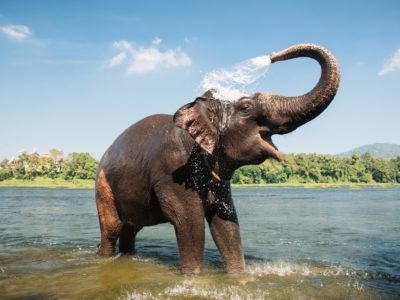
Asian Elephant
Domesticated for hundreds of years!
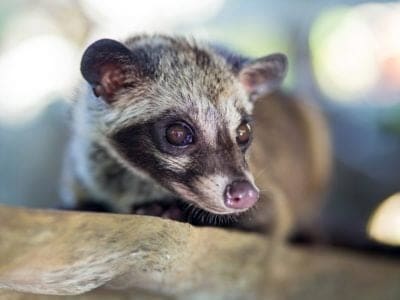
Asian Palm Civet
It mainly eats mangos and coffee!
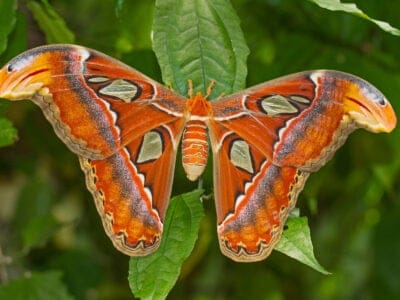
Atlas Moth
Adult atlas moths do not eat - they live off fat they stored as larvae.
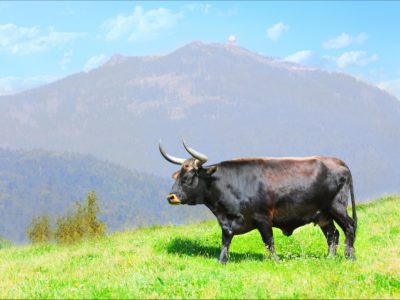
Aurochs
Extinct ancestor of all domesticated cattle!
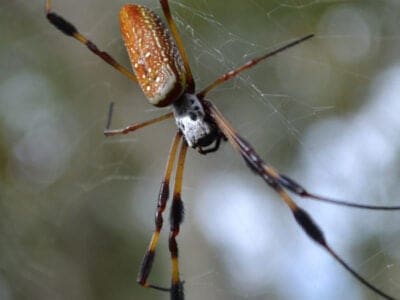
Banana Spider
People spin clothing and fishing nets out of these spiders’ silk.
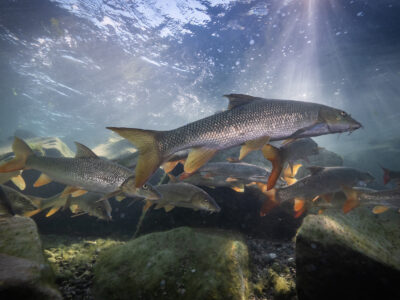
Barb
There are over 1768 known species!

Barn Owl
Found everywhere around the world!

Barn Swallow
Older offspring help care for new hatchlings.

Bat
Detects prey using echolocation!
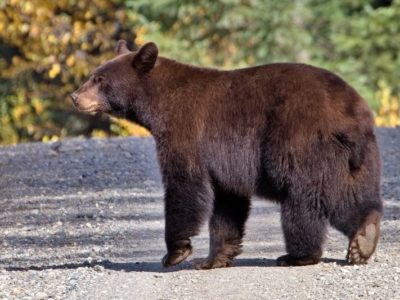
Bear
There are 8 different species!

Bed Bugs
Bed bugs feed for 4-12 minutes.

Bee
Rock paintings of bees date back 15,000 years

Beetle
There are more than 350,000 different species
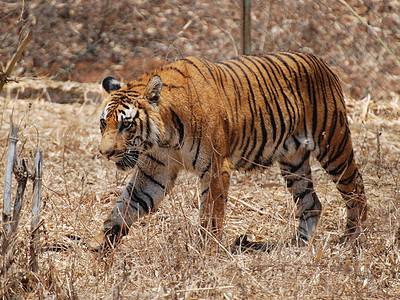
Bengal Tiger
The most numerous species of tiger!

Bird
Not all birds are able to fly!

Biscuit Beetle
The biscuit beetle form a symbiotic relationship with yeast

Black Widow Spider
They typically prey on insects!
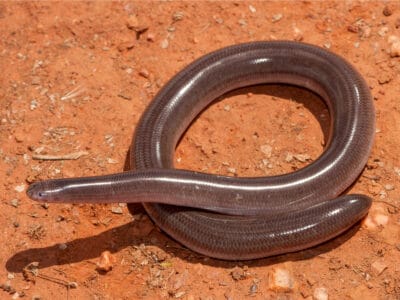
Blind Snake
The blind snake is often mistaken for a worm.
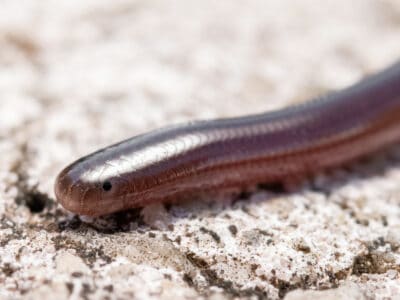
Brahminy Blindsnake
These snakes have been introduced to all continents, except Antarctica!
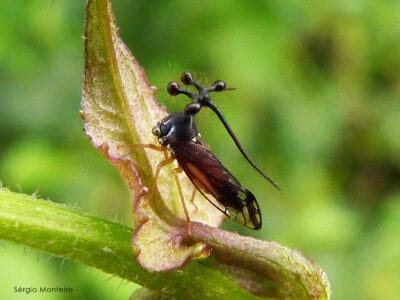
Brazilian Treehopper
“Mild-Mannered Minimonsters”
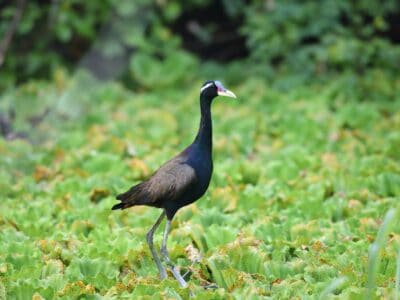
Bronze-winged Jacana
Fathers pick up their young and carry them under their wings

Brown Dog Tick
Can live its entire life indoors
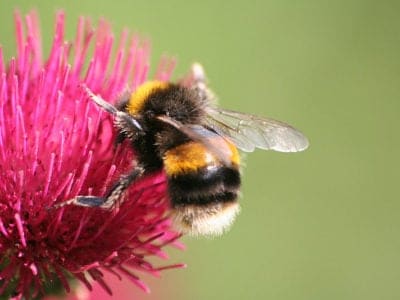
Bumblebee
The most common species of bee!
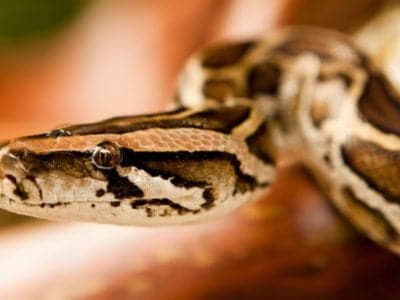
Burmese Python
These snakes can swallow their prey as whole.

Butterfly
There are thought to be up 17,500 species!
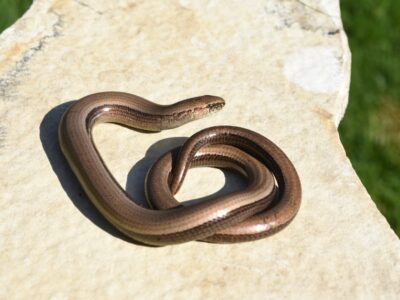
Caecilian
Some species' babies use their hooked or scraper-like teeth to peel off and eat their mother's skin

Camel Cricket
The camel crickets that are found in the USA are light brown in color. They also have dark streaks all over their body.

Carpenter Ant
Carpenter ants can lift up to seven times their own weight with their teeth!
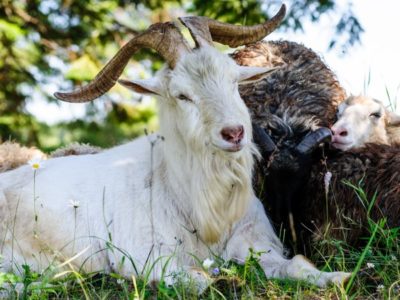
Cashmere Goat
Cashmere goat are named after Kashmir regions of India and Pakistan

Cat
May have been domesticated up to 10,000 years ago.

Caterpillar
The larvae of a moth or butterfly!

Catfish
There are nearly 3,000 different species!

Centipede
There are about 3,000 documented species!

Chicken
First domesticated more than 10,000 years ago!
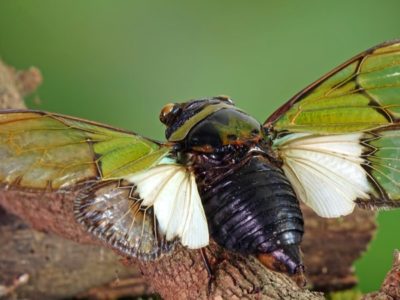
Cicada
Cicadas have one of the longest insect lifespans
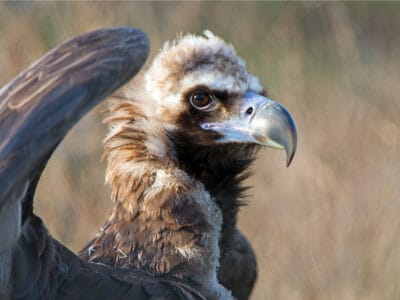
Cinereous Vulture
This vulture can fly at great heights. At least one was found a few thousand feet from the top of Mount Everest.
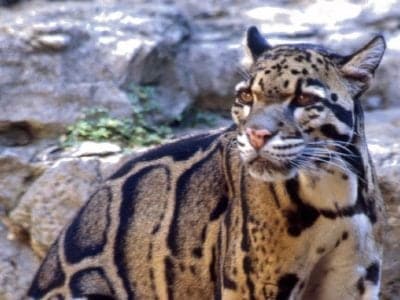
Clouded Leopard
Has canines that can be two inches long!

Cockroach
Dated to be around 300 million years old!

Codling Moth
Pupae are able to undergo diapause to survive poor fruit yield years and winter.
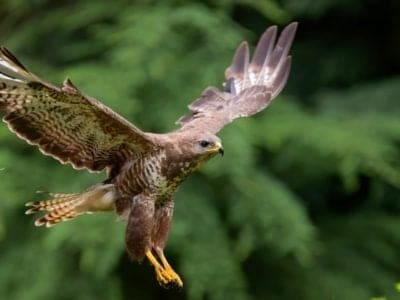
Common Buzzard
The most common raptor in the UK!

Common Furniture Beetle
The common furniture beetle feeds exclusively on wood

Common House Spider
House spiders have the ability to eat most insects in a home.

Common Raven
A group of ravens is called an unkindness or a conspiracy.
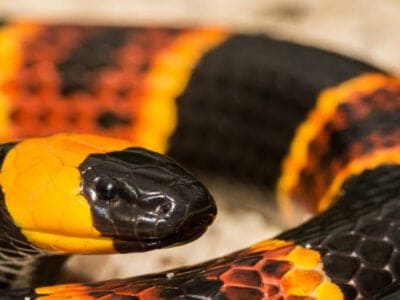
Coral Snake
There are over 80 species of coral snake worldwide.

Cormorant
They can fly 35 mph and dive 150 feet below water.

Cow
There are nearly 1.5 billion worldwide!

Cow Reticulated Python
Cow reticulated pythons hatch solid white, then develop spots as they mature.

Crab
There are 93 different crab groups

Crab Spider
Crab Spiders can mimic ants or bird droppings
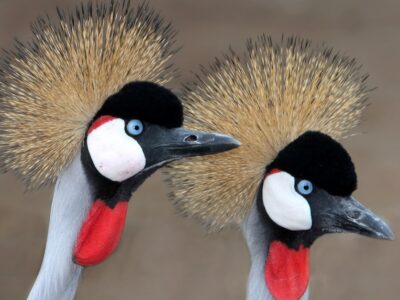
Crane
Many are critically endangered species!

Cricket
Male crickets can produce sounds by rubbing their wings together
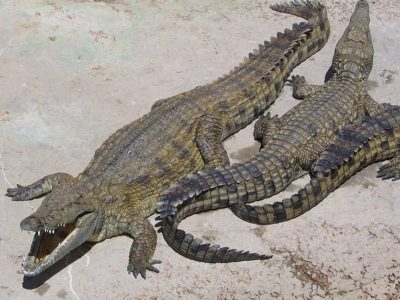
Crocodile
Have changed little in 200 million years!
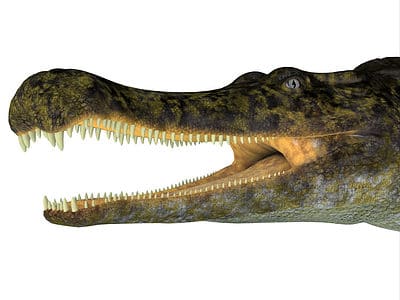
Crocodylomorph
Crocodylomorphs include extinct ancient species as well as 26 living species today.

Crow
A group of these birds is called a Murder.

Danios
These fish make a popular choice for aquarium hobbyists due to their hardy nature.
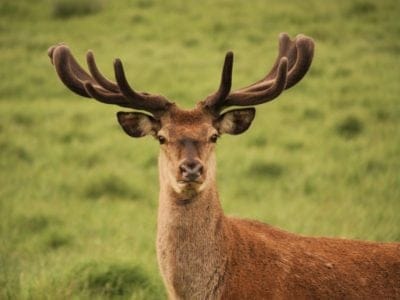
Deer
There are around 40 different species!
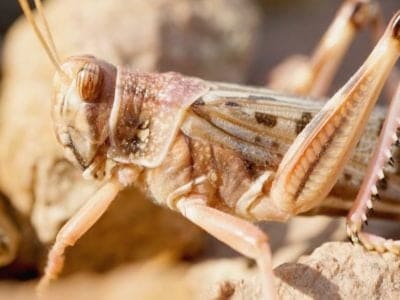
Desert Locust
Solitary locusts are grey while gregarious locusts are yellow with stripes.
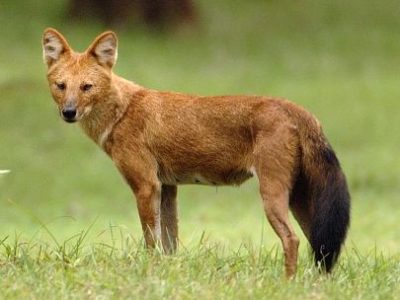
Dhole
Only 2,000 left in the wild!

Dog
First domesticated in South-East Asia!

Dog Tick
Dog ticks feed on dogs and other mammals

Donkey
First domesticated 5,000 years ago!
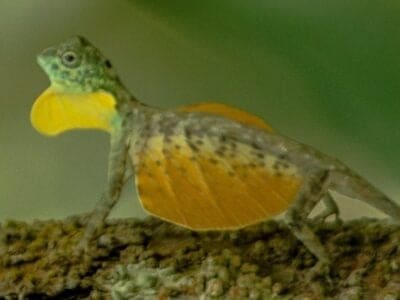
Draco Volans Lizard
Beneath the lizard’s “wings” are a pair of enlarged ribs for support.

Dragonfly
It's larvae are carnivorous!

Duck
Rows of tiny plates line their teeth!

Dung Beetle
The dung beetle can push objects many times its own weight
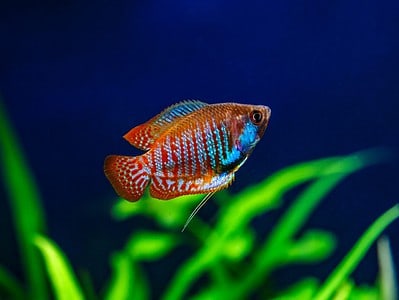
Dwarf Gourami
Dwarf gourami can live for over four years with proper care.
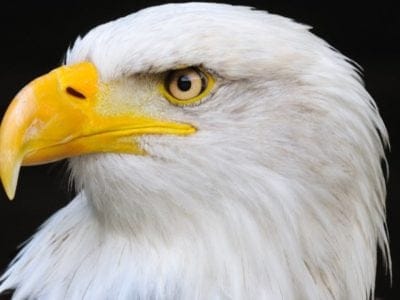
Eagle
Has exceptional eyesight!

Earthworm
They are hermaphrodites, which means they have male and female organs

Earwig
There are nearly 2,000 different species!

Eel
Eels can be a mere few inches long to 13 feet!
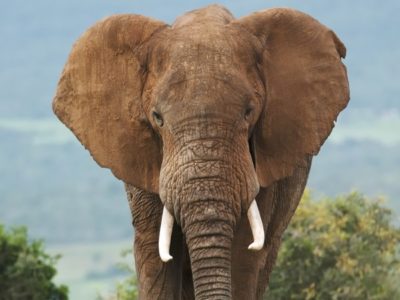
Elephant
Spends around 22 hours a day eating!

Falcon
The fastest creatures on the planet!

False Widow Spider
False spiders actually prey on black widow spiders and other hazardous spiders
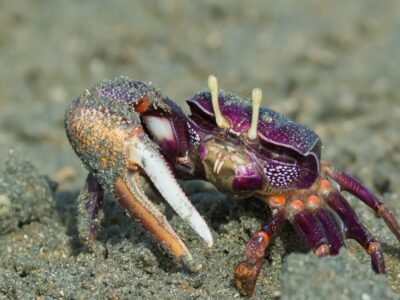
Fiddler Crab
The fiddler crab gets its name from the motion the males make with their over-sized claw during the mating ritual.
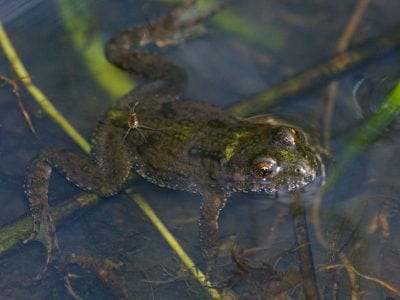
Fire-Bellied Toad
Found across mainland Europe and Asia!

Firefly
The firefly produces some of the most efficient light in the world
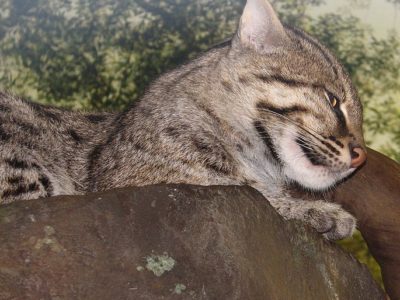
Fishing Cat
Scoops fish out of the water using it's paw!

Flea
Adult fleas can jump up to 7 inches in the air

Fly
There are more than 240,000 different species!
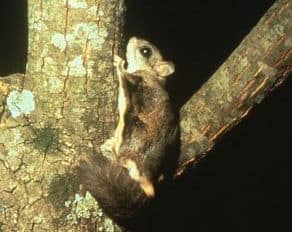
Flying Squirrel
Can glide up to 90 meters!

Fox
Only 12 species are considered "true foxes"

Frog
There are around 7,000 different species!
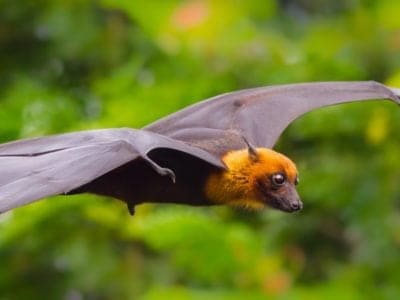
Fruit Bat
Among the largest bats in the world

Fruit Fly
Fruit flies are among the most common research animals in the world
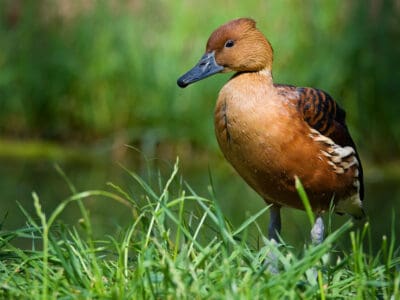
Fulvous Whistling Duck
They build a ramp from their nest, which leads to a nearby water source
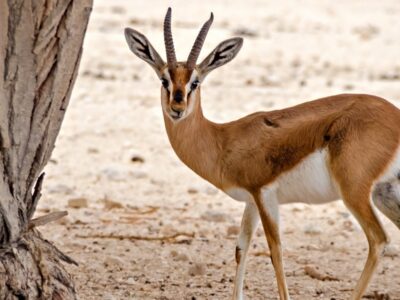
Gazelle
Named for the Arabic word for love poems
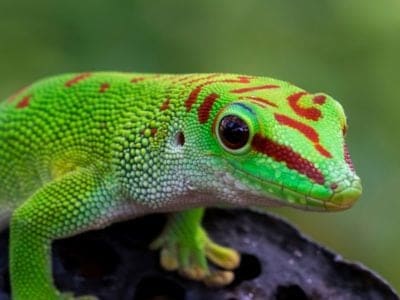
Gecko
There are thought to be over 2,000 species!
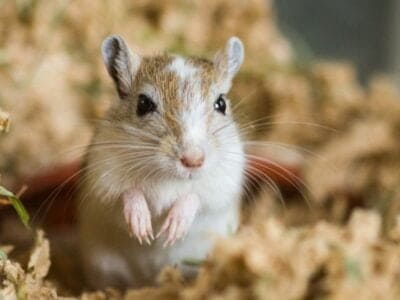
Gerbil
Originally known as the Desert Rat!

German Cockroach
The most common type of urban roach
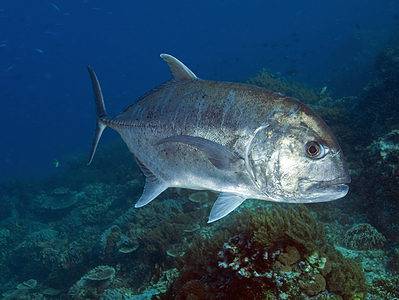
Giant Trevally
The largest fish in its genus
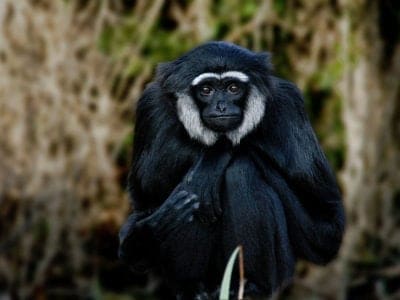
Gibbon
Found in dense jungles and tropical forests!
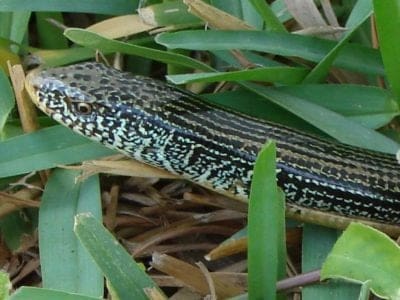
Glass Lizard
Can grow up to 4ft long!

Glowworm
Found inhabiting dense woodland and caves!

Gnat
Males form large mating swarms at dusk
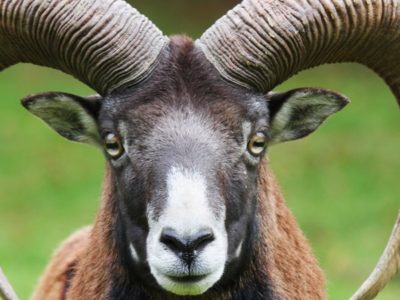
Goat
Most closely related to the Sheep!
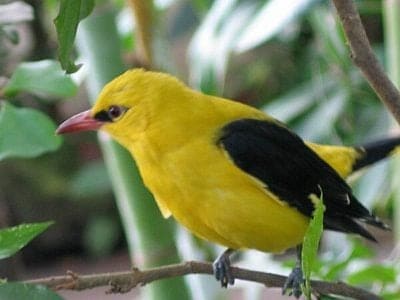
Golden Oriole
Migrates between Europe and Asia!
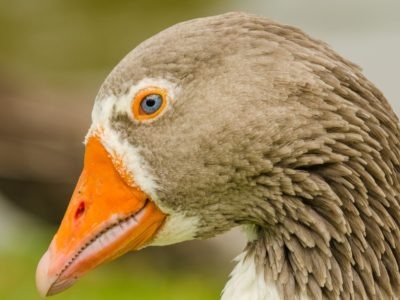
Goose
There are 29 different species!

Grasshopper
There are 11,000 known species!
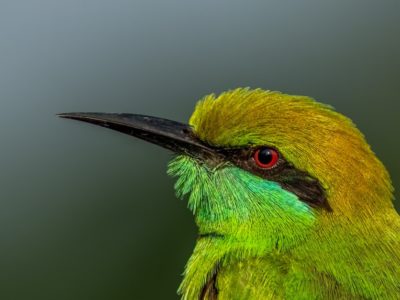
Green Bee-Eater
Mainly eats honeybees!

Gypsy Moth
One of the most invasive species in the world

Hamster
Able to run as quickly backwards as forwards!

Hare
Can reach speeds of over 50 mph!

Hawk Moth Caterpillar
Many hawk moth caterpillars eat toxins from plants, but don’t sequester them the way milkweed butterflies do. Most toxins are excreted.
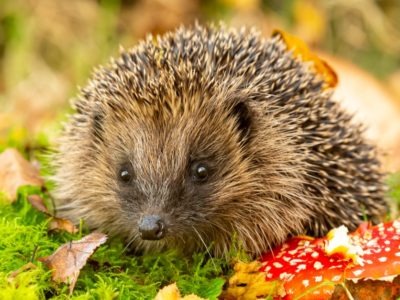
Hedgehog
Thought to be one of the oldest mammals on Earth!

Heron
Inhabits wetlands around the world!

Honey Bee
There are only 8 recognized species!
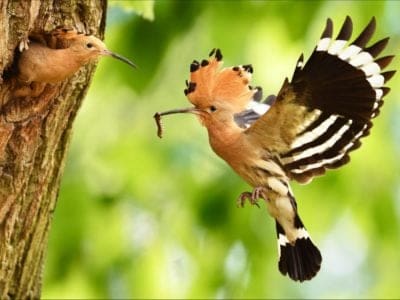
Hoopoe
Stunning bird with a stinky way to deter predators!

Horse
Has evolved over 50 million years!

Horsefly
Horseflies have been seen performing Immelmann turns, much like fighter jets.

Horseshoe Crab
Changed little in over 500 million years!

Housefly
The fly has no teeth

Human
Thought to have orignated 200,000 years ago!

Huntsman Spider
Some huntsman spiders have an interesting way of moving around. Some cartwheel while others do handsprings or backflips.
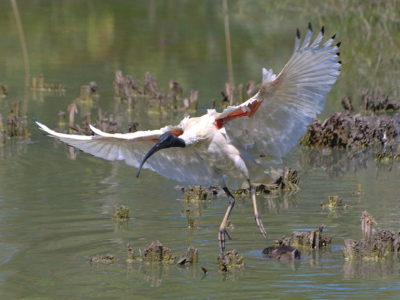
Ibis
Found in swamps, marshes and wetlands!
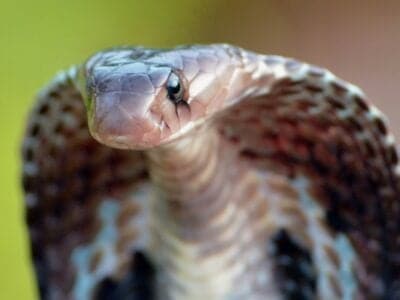
Indian Cobra
One of the Big Four.
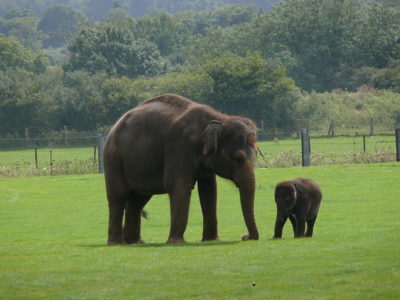
Indian Elephant
Found throughout south-east Asia!
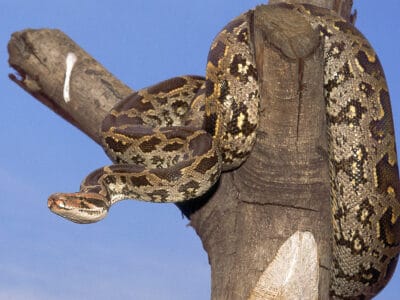
Indian python
Kaa from Rudyard Kipling's The Jungle Book was an Indian Python.

Insects
There are an estimated 30 million species!
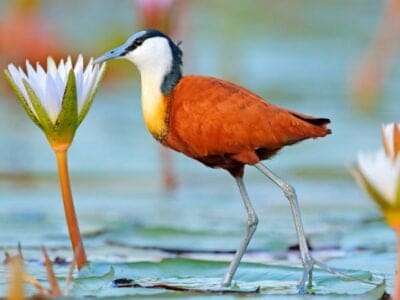
Jacana
The jacana has the ability to swim underwater
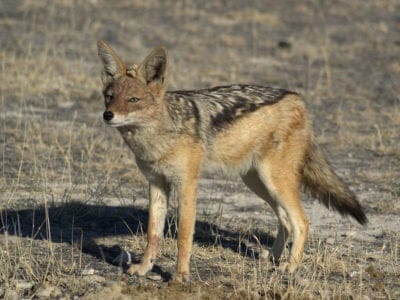
Jackal
Can maintain speeds of 16 km/h!
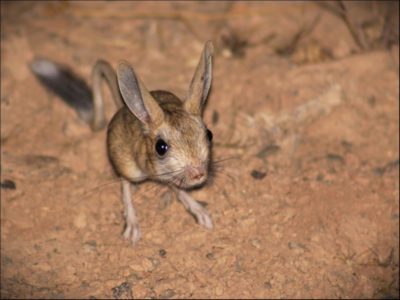
Jerboa
Tiny rodent with a kangaroo-like jump!

Jumping Spider
Some can jump 50 times the length of their bodies

King Cobra
They are the longest venomous snake in the world.

Kingfisher
Inhabits wetlands and woodlands worldwide!
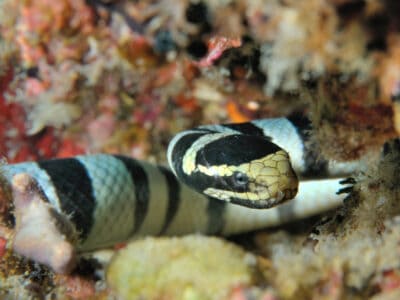
Krait
A painless bite that can result in death.

Ladybug
There are more than 5,000 species worldwide!

Leech
Has 10 pairs of eyes!
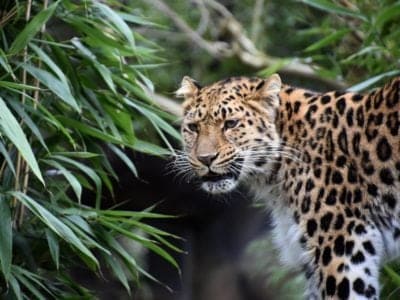
Leopard
Spends much of the time high in the trees!
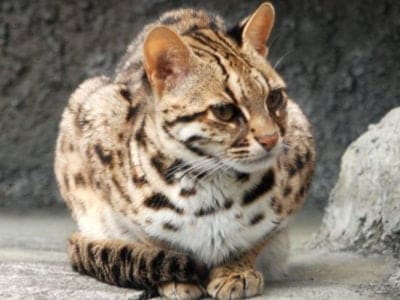
Leopard Cat
There are 11 different species!

Liger
The offspring of a lion and tiger parents!

Lizard
There are around 5,000 different species!

Locust
Each locust can eat its weight in plants each day.
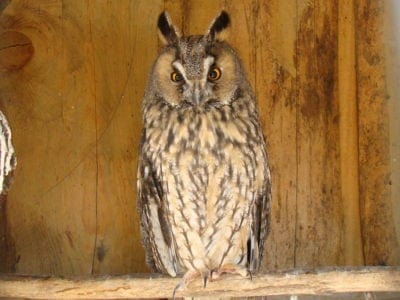
Long-Eared Owl
Ear tufts make it look bigger!
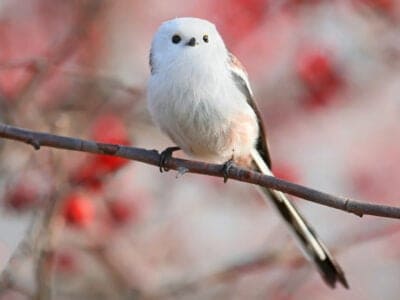
Long-Tailed Tit
Often hangs upside down while feeding!
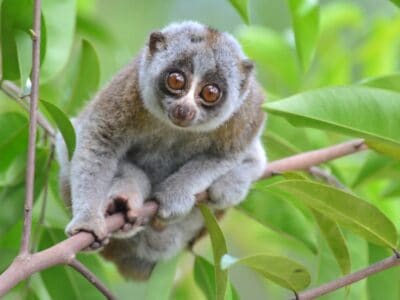
Loris
Like all lorises, slow loris has a cute wide-eyed look, but it also has a venomous sting that can rot human flesh.
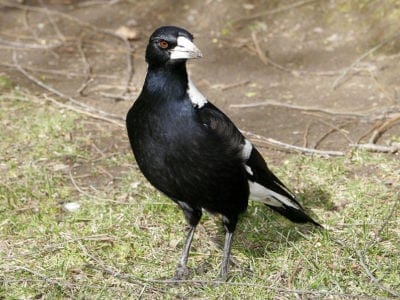
Magpie
They are found across Europe, Asia and Africa!
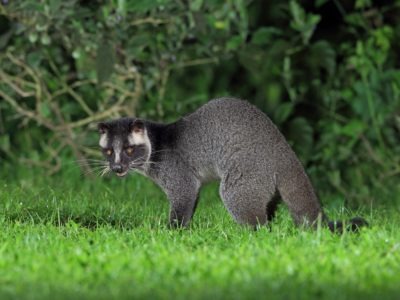
Masked Palm Civet
Found throughout Asia, India and China!

Mayfly
There are 2,500 known species worldwide!

Mealybug
They have a symbiotic relationship with ants.
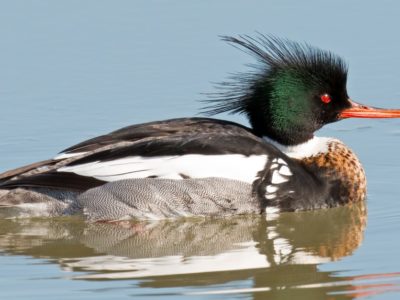
Merganser
They line their nests with their feathers

Millipede
Some species have a poisonous bite!

Mole
Primarily hunts and feeds on Earthworms!
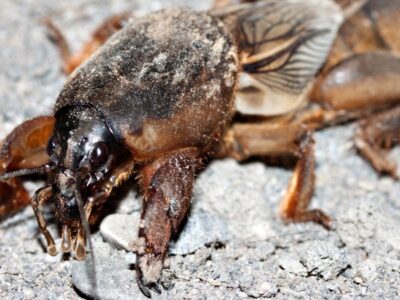
Mole Cricket
Adult Mole crickets may fly as far as 5 miles during mating season and are active most of the year.
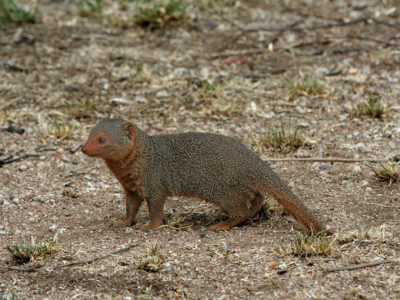
Mongoose
Range in size from just 1 to 3 foot!

Mongrel
Has characteristics of two or more breeds!
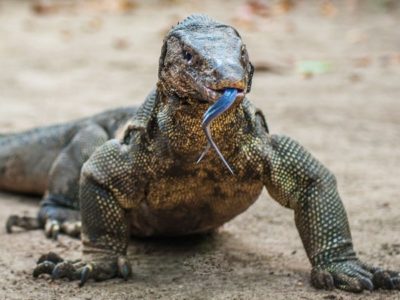
Monitor Lizard
Some species are thought to carry a weak venom!
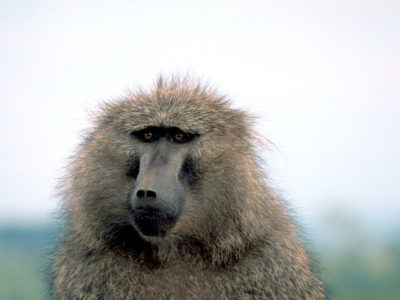
Monkey
There are around 260 known species!
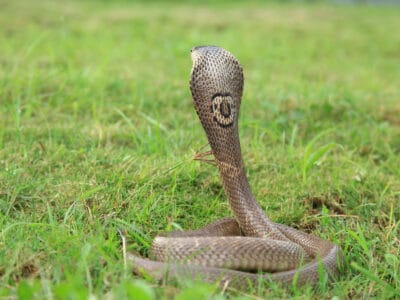
Monocled Cobra
The monocled cobra is responsible for the highest fatality rate of any snake in all of Thailand.

Moorhen
Feeds on aquatic insects and water-spiders!

Mosquito
Only the female mosquito actually sucks blood

Moth
There are 250,000 different species!

Mouse
Found on every continent on Earth!

Mule
The offspring of a horse and donkey parents!
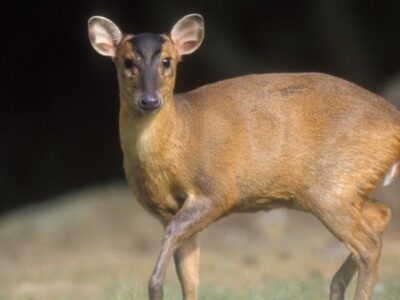
Muntjac
The muntjac is the smallest type of deer in the world
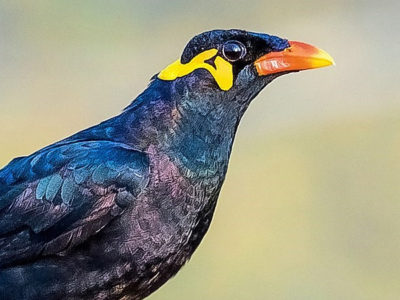
Myna Bird
Many people believe the hill myna bird is better at mimicking humans than a parrot!

Neanderthal
Roamed Asia and Europe for around 100,000 years!

Nematode
Nematodes range in size from 1/10 of an inch to 28 feet long
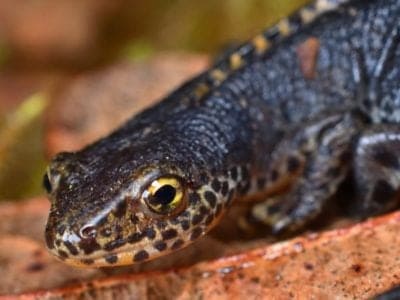
Newt
Able to regrow lost or damaged limbs!
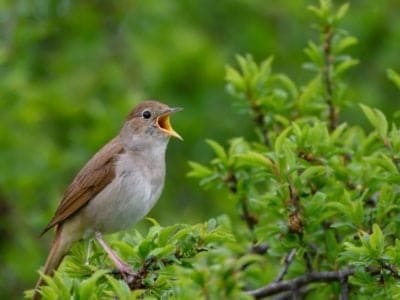
Nightingale
Named more than 1,000 years ago!

No See Ums
There are more than 5,000 species.
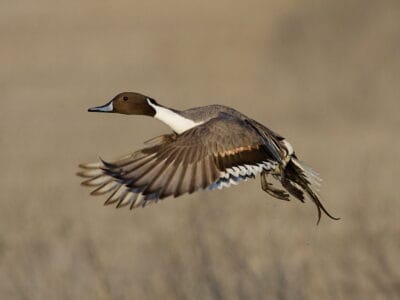
Northern Pintail
Northern pintails migrate at night with speeds reaching 48 miles per hour!

Orb Weaver
Females are about four times the size of males

Osprey
They reuse nesting sites for 70 years!

Otter
There are 13 different species worldwide

Owl
The owl can rotate its head some 270 degrees
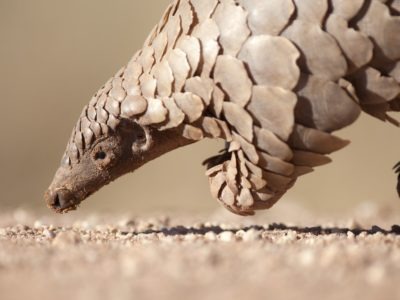
Pangolin
Bad eyesight, but great sense of smell
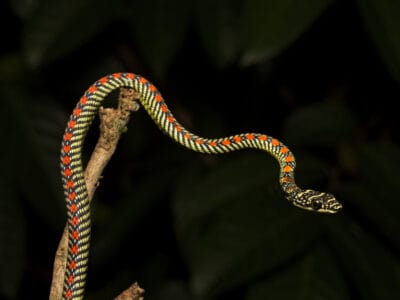
Paradise Flying Snake
Paradise Flying Snakes can glide over 100 yards!
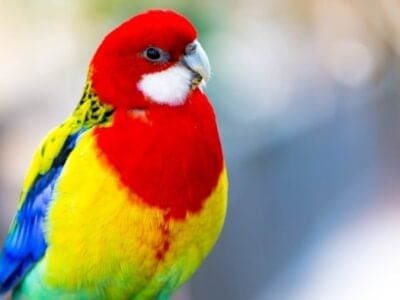
Parakeet
Monk parakeets are the only parakeets that actually build nests. They’re also the only parakeets to nest in great colonies.
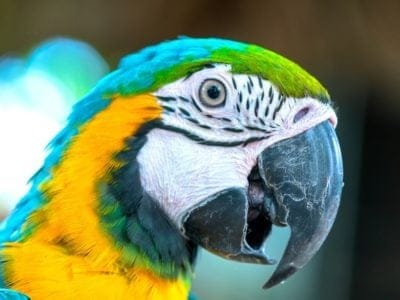
Parrot
Can live for up to 100 years!

Peregrine Falcon
Fastest animal on Earth

Pheasant
Females lay between 8 and 12 eggs per clutch!
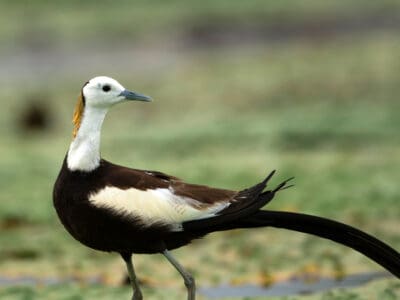
Pheasant-tailed Jacana
The pheasant-tailed jacana is the only species in its family that migrates long distances.
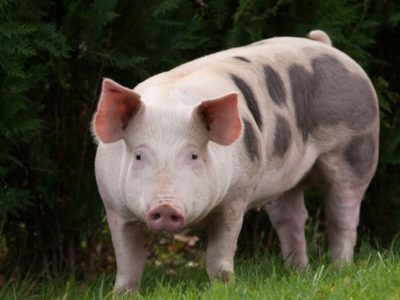
Pig
Thought to have been domesticated in 9,000 BC!

Pigeon
They can find their way back to their nests from up to 1300 miles away.
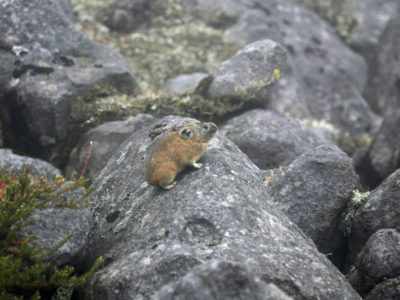
Pika
Found in mountainous regions and rocky areas
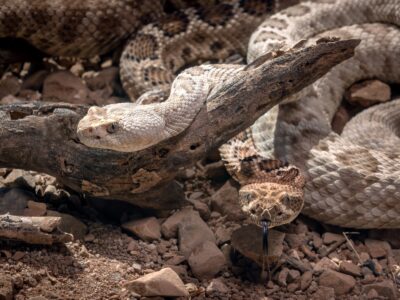
Pit Viper
Pit vipers's fangs fold up into their mouths when they don't need them.

Pompano Fish
They are bottom-feeders
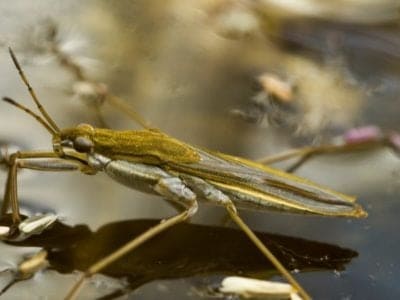
Pond Skater
There are 500 different species!
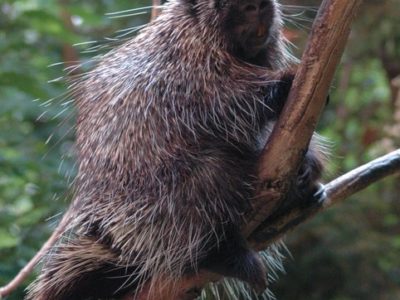
Porcupine
There are 30 different species worldwide!
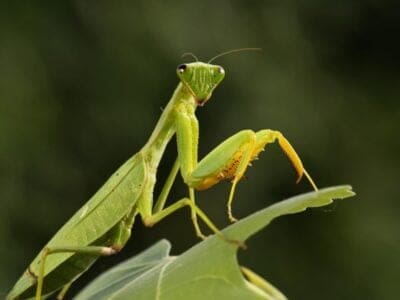
Praying Mantis
The mantis can turn its head 180 degrees.

Quail
Inhabits woodland and forest areas worldwide!

Rabbit
There are more than 300 different species!

Rat
Omnivores that eat anything!
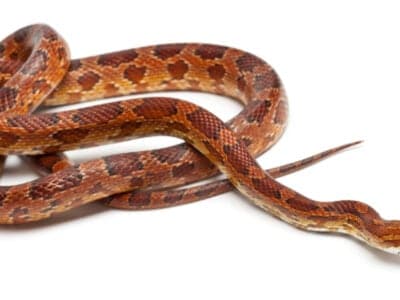
Rat Snakes
Rat snakes are constrictors from the Colubridae family of snakes.
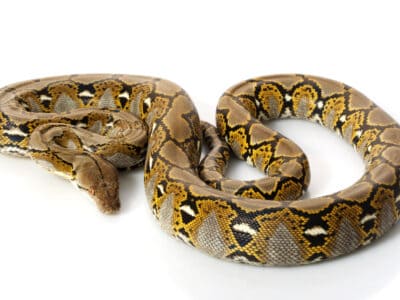
Reticulated python
These popular pets can get big enough to kill their owner.
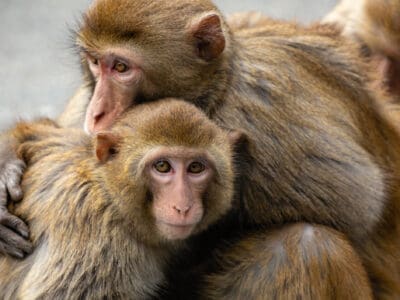
Rhesus Macaque
Rhesus Macaques are the most widely distributed primate in terms of geographic diversity
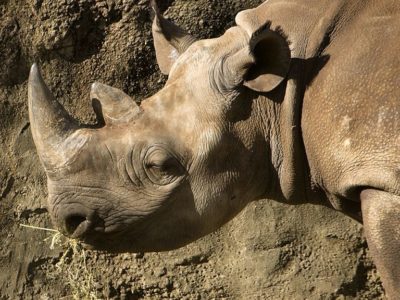
Rhinoceros
It's horns are made from keratin!

River Turtle
Inhabits freshwater habitats around the world!

Robin
There are more than 45 species in Australia alone!

Rodents
The capybara, the world’s largest rodent, likes to be in and around bodies of water. Because of this, the Catholic Church in South America decided that it was a fish, and people were allowed to eat it during Lent and First Fridays.

Rooster
Will mate with the entire flock!
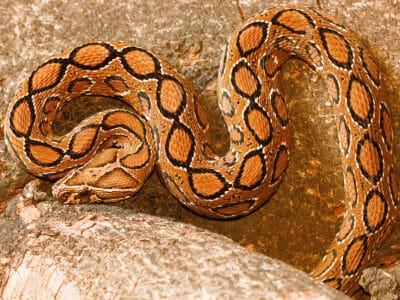
Russel’s Viper
A Russel's viper strike is so forceful it can lift its entire body off the ground.

Sable Ferret
Ferrets were used during the Revolutionary War to keep down the rat population.
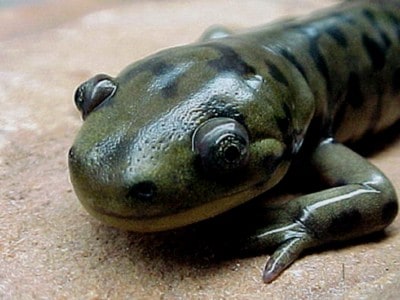
Salamander
There are more than 700 different species!
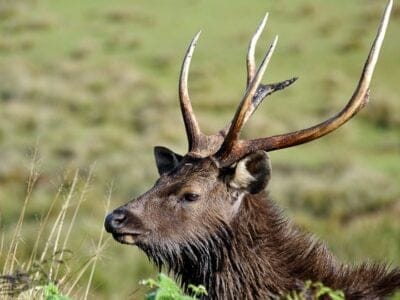
Sambar
Male sambars will compete for mates by clashing together with their antlers
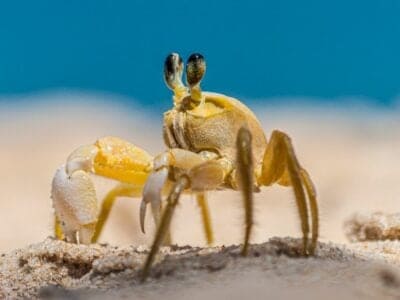
Sand Crab
The sand crab burrows beneath the sand with its tail
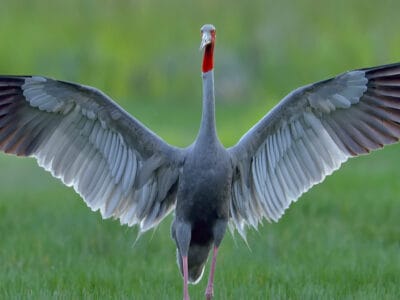
Sarus Crane
Parents use low calls to tell their chicks to freeze and lie still when danger lurks.
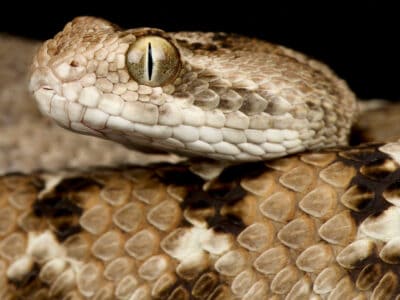
Saw-scaled Viper
This is the smallest venomous snake in India's Big Four.

Scorpion
There are around 2,000 known species!

Sea Eagle
The sea eagle tends to mate for life with a single partner

Seahorse
Males give birth to up to 1,000 offspring!

Sheep
Around 35 million in the English countryside!
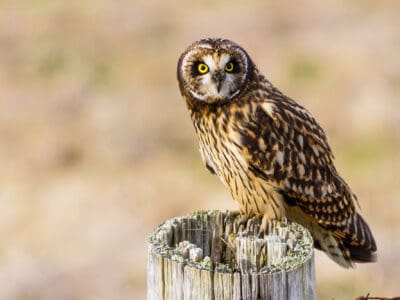
Short-Eared Owl
The short-eared owl is one of the most widespread owl species in the world, covering five continents.

Shrew
The spinal column of the shrew Scutisorex somereni is so strong and reinforced that it can support the weight of an adult human.

Shrimp
There are 2,000 different species worldwide!

Skink Lizard
Some skinks lay eggs in some habitats while giving birth to skinklets in other habitats.
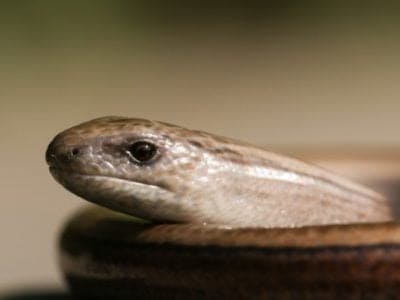
Slow Worm
Found widely throughout British gardens!

Slug
They glide around on one foot, which is aided by the slime they produce

Smokybrown Cockroach
Has up to 45 eggs per egg case

Snail
There are nearly 1,000 different species!

Snake
There are around 4,000 known species worldwide

Sparrow
There are 140 different species!

Spider Wasp
They prey on spiders to feed their larvae or they parasitize other spider wasps.

Squirrel
Small rodents found in woodlands worldwide!

Stick Insect
There are more than 3,000 different species!
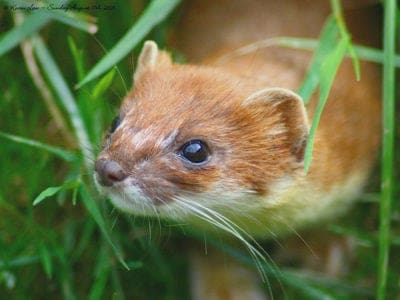
Stoat
Average adults weigh about 200 grams!
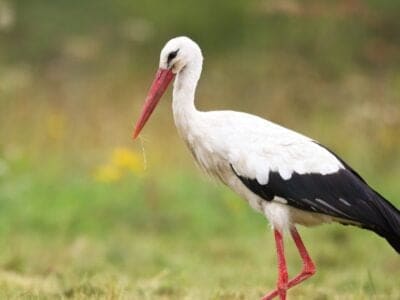
Stork
They can’t sing like other birds.

Swan
Populations have been affected by pollution!
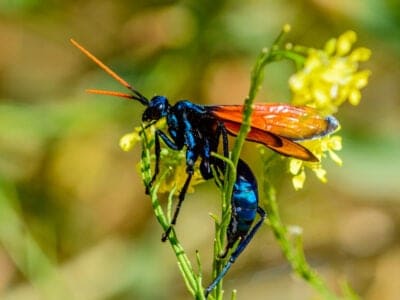
Tarantula Hawk
Tarantula hawks are excellent pollinators, especially for milkweed.

Termite
Their mounds can be up to 9 meters tall!

Thrush
The American robin is called the robin because its red breast reminded European settlers of the robin back in the old country.

Tick
They inject hosts with a chemical that stops them from feeling the pain of the bite
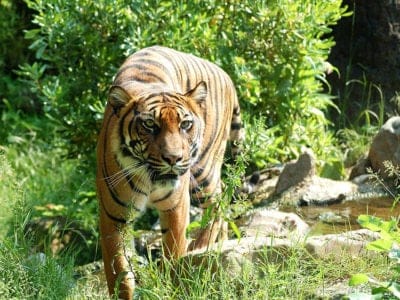
Tiger
The largest feline in the world!

Tiger Beetle
The adult tiger beetle is one of the fastest land insects in the world
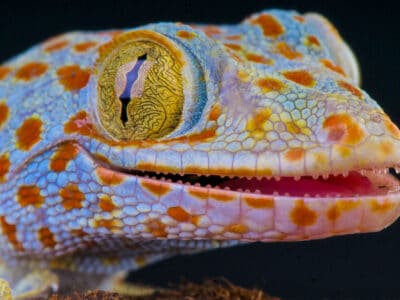
Tokay Gecko
The Tokay gecko gets its onomatopoeic name from its "To-kay!" barking call.

Tortoise
Can live until they are more than 150 years old!

Tree Frog
Found in warmer jungles and forests!

Turtles
Some species of aquatic turtles can get up to 70 percent of their oxygen through their butt.
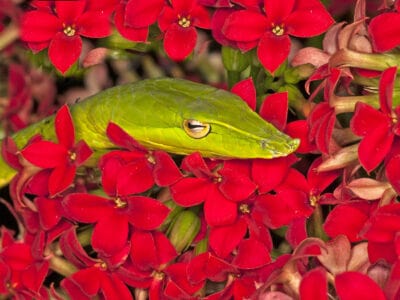
Vine Snake
A slender body and elongated snout give the vine snake a regal look.
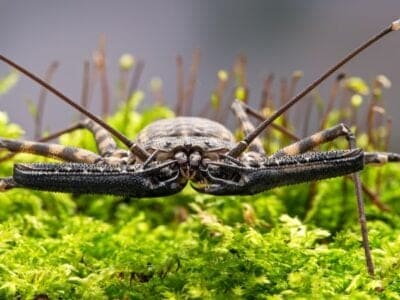
Vinegaroon
Vinegaroons can spray 19 times before the glands are depleted
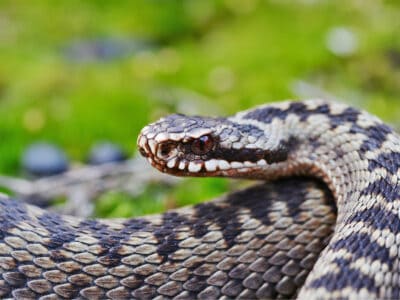
Viper
Vipers are one of the most widespread groups of snakes and inhabit most

Vulture
There are 30 different species worldwide!
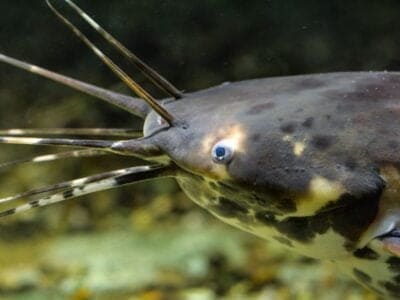
Walking Catfish
The walking catfish can move on land while breathing air

Wasp
There are around 75,000 recognised species!
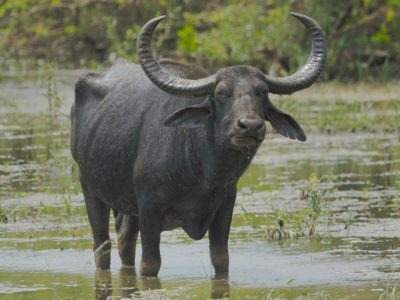
Water Buffalo
Has been domesticated for thousands of years!
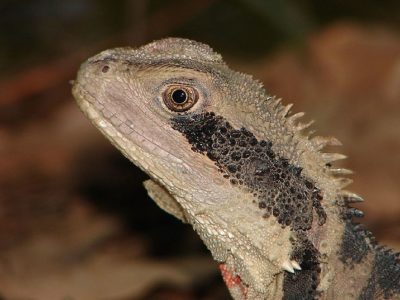
Water Dragon
Spends most of it's time in the trees!
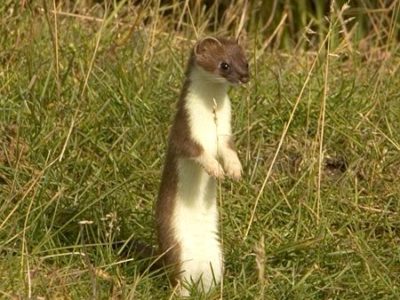
Weasel
The smallest carnivorous mammal in the world!

White Ferret / Albino Ferrets
There are two different types of white ferrets!
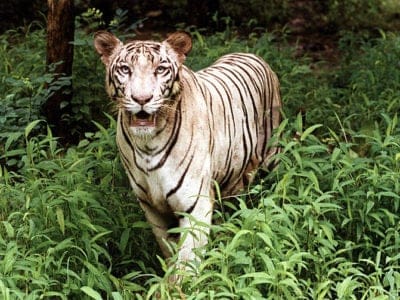
White Tiger
None have been seen in the wild for 50 years!
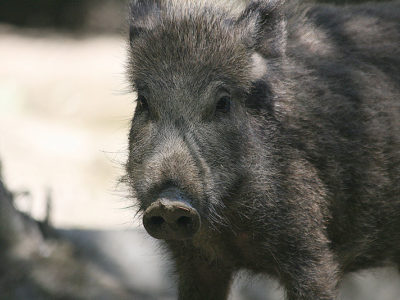
Wild Boar
Males have a top tusk to sharpen the bottom one!
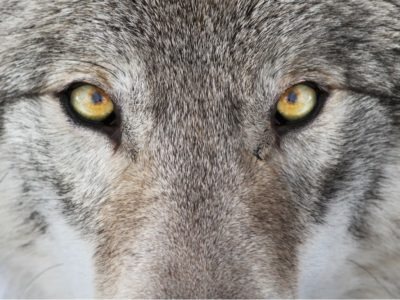
Wolf
Thought to date back more than 300,000 years!
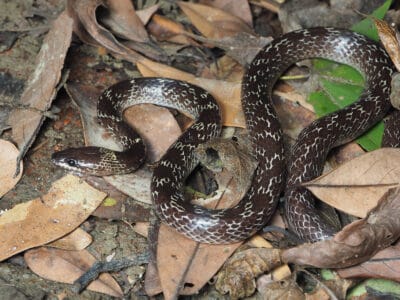
Wolf Snake
Harmless, but with fangs like a wolf.

Wolf Spider
Carnivorous arachnid that hunts its prey.

Woodlouse
This animal can roll up into a ball
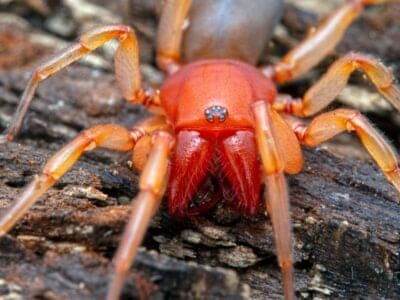
Woodlouse Spider
Unlike most spiders, woodlouse spiders don’t build a web.

Woodpecker
There are 200 different species!

Worm
Doesn’t have eyes.
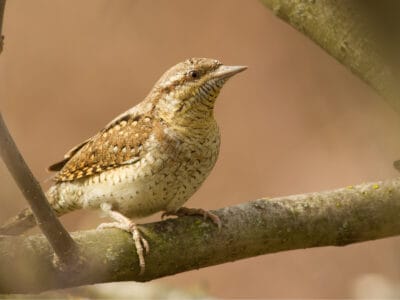
Wryneck
They feign death by making their bodies limp and closing their eyes.
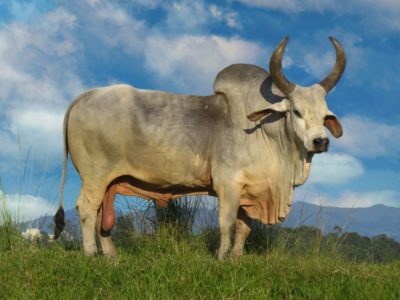
Zebu
There are around 75 different species!
Bangladeshi Animals List
- Admiral Butterfly
- Ant
- Antelope
- Armyworm
- Asian Elephant
- Asian Palm Civet
- Atlas Moth
- Aurochs
- Banana Spider
- Barb
- Barn Owl
- Barn Swallow
- Bat
- Bear
- Bed Bugs
- Bee
- Beetle
- Bengal Tiger
- Bird
- Biscuit Beetle
- Black Widow Spider
- Blind Snake
- Brahminy Blindsnake
- Brazilian Treehopper
- Bronze-winged Jacana
- Brown Dog Tick
- Bumblebee
- Burmese Python
- Butterfly
- Caecilian
- Camel Cricket
- Carpenter Ant
- Cashmere Goat
- Cat
- Caterpillar
- Catfish
- Centipede
- Chicken
- Cicada
- Cinereous Vulture
- Clouded Leopard
- Cockroach
- Codling Moth
- Common Buzzard
- Common Furniture Beetle
- Common House Spider
- Common Raven
- Coral Snake
- Cormorant
- Cow
- Cow Reticulated Python
- Crab
- Crab Spider
- Crane
- Cricket
- Crocodile
- Crocodylomorph
- Crow
- Cuckoo
- Danios
- Deer
- Desert Locust
- Dhole
- Dog
- Dog Tick
- Donkey
- Dormouse
- Draco Volans Lizard
- Dragonfly
- Duck
- Dung Beetle
- Dwarf Gourami
- Eagle
- Earthworm
- Earwig
- Eel
- Elephant
- Falcon
- False Widow Spider
- Fiddler Crab
- Fire-Bellied Toad
- Firefly
- Fishing Cat
- Flea
- Fly
- Flying Squirrel
- Fox
- Frog
- Fruit Bat
- Fruit Fly
- Fulvous Whistling Duck
- Gazelle
- Gecko
- Gerbil
- German Cockroach
- Giant Trevally
- Gibbon
- Glass Lizard
- Glowworm
- Gnat
- Goat
- Golden Oriole
- Goose
- Grasshopper
- Green Bee-Eater
- Gypsy Moth
- Hamster
- Hare
- Hawk Moth Caterpillar
- Hedgehog
- Heron
- Honey Bee
- Hoopoe
- Horse
- Horsefly
- Horseshoe Crab
- Housefly
- Human
- Huntsman Spider
- Ibis
- Indian Cobra
- Indian Elephant
- Indian python
- Insects
- Jacana
- Jackal
- Jerboa
- Jumping Spider
- King Cobra
- Kingfisher
- Krait
- Ladybug
- Leech
- Leopard
- Leopard Cat
- Liger
- Lizard
- Locust
- Long-Eared Owl
- Long-Tailed Tit
- Loris
- Magpie
- Masked Palm Civet
- Mayfly
- Mealybug
- Merganser
- Millipede
- Mole
- Mole Cricket
- Mongoose
- Mongrel
- Monitor Lizard
- Monkey
- Monocled Cobra
- Moorhen
- Mosquito
- Moth
- Mourning Gecko
- Mouse
- Mule
- Muntjac
- Myna Bird
- Neanderthal
- Nematode
- Newt
- Nightingale
- No See Ums
- Northern Pintail
- Orb Weaver
- Osprey
- Otter
- Owl
- Ox
- Pangolin
- Paradise Flying Snake
- Parakeet
- Parrot
- Peregrine Falcon
- Pheasant
- Pheasant-tailed Jacana
- Pig
- Pigeon
- Pika
- Pit Viper
- Pompano Fish
- Pond Skater
- Porcupine
- Praying Mantis
- Quail
- Rabbit
- Rat
- Rat Snakes
- Reticulated python
- Rhesus Macaque
- Rhinoceros
- River Turtle
- Robin
- Rodents
- Rooster
- Russel’s Viper
- Sable Ferret
- Salamander
- Sambar
- Sand Crab
- Sarus Crane
- Saw-scaled Viper
- Scorpion
- Sea Eagle
- Seahorse
- Sheep
- Short-Eared Owl
- Shrew
- Shrimp
- Skink Lizard
- Slow Worm
- Slug
- Smokybrown Cockroach
- Snail
- Snake
- Sparrow
- Spider Wasp
- Squirrel
- Stick Insect
- Stoat
- Stork
- Swallowtail Butterfly
- Swan
- Tarantula Hawk
- Termite
- Thrush
- Tick
- Tiger
- Tiger Beetle
- Tokay Gecko
- Tortoise
- Tree Frog
- Turtles
- Vine Snake
- Vinegaroon
- Viper
- Vulture
- Walking Catfish
- Wasp
- Water Buffalo
- Water Dragon
- Weasel
- White Ferret / Albino Ferrets
- White Tiger
- Wild Boar
- Wolf
- Wolf Snake
- Wolf Spider
- Woodlouse
- Woodlouse Spider
- Woodpecker
- Worm
- Wryneck
- Zebu
Animals in Bangladesh FAQs (Frequently Asked Questions)
What kind of animals are in Bangladesh?
There are many different species of unique animals in Bangladesh. Scientists are discovering new ones all the time. Recently discovered unique animals include common pipistrelle bats, Indian round leaf bats, wrinkle-lipped free-tailed bats, least leaf-nosed bats, dawn bats, lesser false vampire bats, cook’s mice, Edward’s rats, Himalayan rats, white-toothed rats, red climbing mice, yellow-throated martens, particolored flying squirrels, Himalayan striped squirrels, Indo-Pacific humpback dolphins, Indo-Pacific bottlenose dolphins, pan-tropical spotted dolphins, rough-toothed dolphins, false killer whales, sperm whales, and Bryde’s whales.
How many animals are there in Bangladesh?
There are over 22 species of unique amphibians, 708 species of fish, 126 -species of reptiles, 628 species of birds, and 113 species of mammals 1,720 species of animals in Bangladesh.
What is the most dangerous animal in Bangladesh?
One of the most dangerous animals in Bangladesh is the royal Bengal tiger. These animals tend to be more aggressive in this country than in any place else in the world. Yet, most people still want them protected.
Are there any lions in Bangladesh?
No, lions do not live in Bangladesh. You can find other big cats, including tigers, clouded leopards, fishing cats, marbled cats, Asiatic golden cats, leopard cats and jungle cats.




